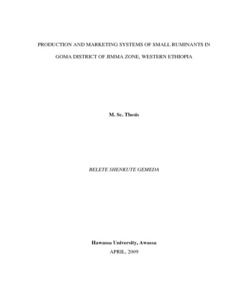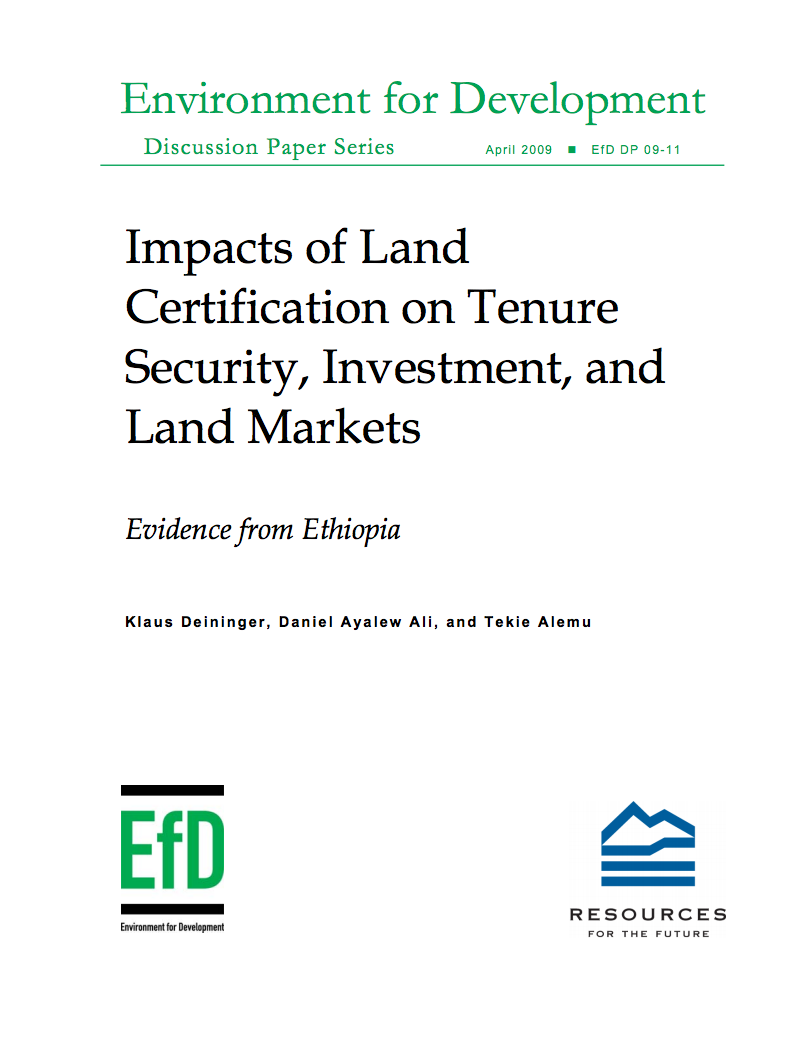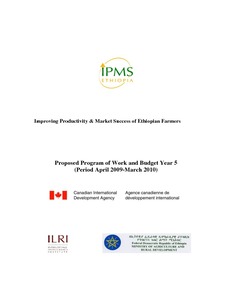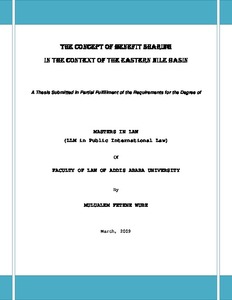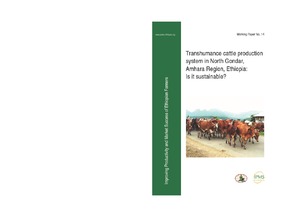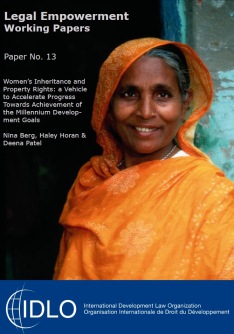The study was conducted in Goma district of Jimma Zone of Ethiopia with objectives of generating baseline information and identifying challenges and opportunities of small ruminant production and marketing. Results are based on diagnostic survey of 160 sample households, group discussions,…
While early attempts at land titling in Africa were often unsuccessful, the need to secure land rights has kindled renewed interest, in view of increased demand for land, a range of individual and communal rights available under new laws, and reduced costs from combining information technology…
This study attempted to predict the likely impacts of a dam reservoir and flow regulation on riparian plant composition and diversity. The study was conducted around the Koga dam in the upper part of the Blue Nile basin in the northwestern part of Ethiopia. Floristic composition and diversity in…
The study was carried out in three highland woredas (districts) of Chilga, Dembia and Gondar Zuria in north Gondar Zone, Amhara Region, Ethiopia. These woredas were purposively selected because of their long experience in transhumance cattle production system. The objectives of the study were to…
Strengthening women's inheritance and property rights can be an effective means of decreasing poverty and increasing gender equality, and thereby accelerating progress towards the achievement of the Millennium Development Goals (MDGs). This paper presents two case studies from Rwanda and…
Ethiopia supports one of the largest livestock populations in all of Africa (Alemu et al. 2008). In fact, the livestock sector accounts for 19 percent of national GDP, and as much as 40 percent of agricultural GDP (FAO 2004). At a micro level, it has been estimated that livestock supports the…
Access to sufficient food and nutrients is essential for household welfare, as well as for accomplishing other development objectives. Households with insufficient access to food often face other challenges related to food insecurity including poor health and declines in productivity. In order…
In comparison to other African countries, Ethiopia has a low urbanization rate. According to the World Bank World Development Report (WDR) 2009, Sub-Sahara Africa is 30% urbanized, whereas Ethiopia is only 10.9% urbanized. Urbanization rates differ according to methodologies and data base…
Rural non-farm development plays a key role in generating employment in many developing countries. Clustering is an important industrial organization in the rural non-farm sector. Based on primary surveys of both urban and rural handloom weaver clusters in Ethiopia which took place in May/June…
This study presents a detailed review of the poultry sector in Ethiopia in order to provide background information for further research related to pro-poor HPAI risk reduction strategies in Ethiopia. The report surveys information that exists in the literature and among the stakeholders in order…
Approximately 80 percent of poor people in Sub-Saharan Africa continue to depend on the agricultural sector for their livelihoods, but-unlike in other regions of the world-agriculture in Sub-Saharan Africa is characterized by very low yields due to agroecological features, poor access to…

